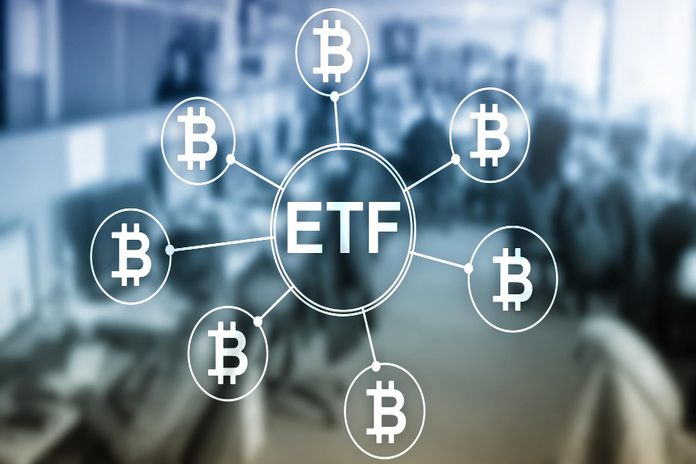DMarket Leads NFT Sales as Guild of Guardians Follows

In the ever-evolving world of non-fungible tokens, DMarket NFT sales have once again taken the lead, topping the charts with impressive daily sales figures. On Tuesday, DMarket, an NFT collection centered around in-game items for popular online games like Counter-Strike and Dota 2, recorded sales totaling $685,764. While this marks a slight decrease from Monday’s $697,138, DMarket’s consistent performance has solidified its position as a dominant player in the NFT market.
DMarket NFT Sales: A Consistent Leader
The DMarket NFT sales surge is noteworthy, especially considering its recent achievements. Last Wednesday, DMarket rose to the top of the daily NFT sales chart, and on Thursday, it even surpassed the entire Ethereum network’s volume on its own. This remarkable feat underscores the growing popularity and demand for in-game NFTs, a niche that DMarket has effectively capitalized on.
To date, DMarket’s all-time sales volume stands at an impressive $486.11 million, ranking it 14th in the overall NFT industry. This milestone highlights the collection’s strong market presence and the increasing value of in-game digital assets.
Guild of Guardians and Other Top NFT Collections
Following closely behind DMarket, the Guild of Guardians Heroes collection on the Immutable blockchain secured the second spot in daily NFT sales, with a total of $643,700. Guild of Guardians, a mobile role-playing game that allows players to collect and trade unique heroes, has been gaining traction in the NFT space, reflecting the growing interest in blockchain-based gaming experiences.
In third place was the DogeZuki Collection on the Solana blockchain, which recorded $366,554 in sales across 8,581 transactions. Solana-based NFTs have been gaining momentum, and DogeZuki’s performance is a testament to the platform’s ability to attract a diverse range of digital collectibles and their respective communities.
Other notable NFT collections that made significant sales include the Bored Ape Yacht Club, DeGods, and CryptoPunks. Despite having a lower transaction count of just 9, BAYC managed to generate $241,468 in sales, demonstrating the enduring appeal of this iconic collection. DeGods and CryptoPunks also maintained their strong market presence, with sales of $209,439 and $206,859 respectively.
Ethereum and Solana: Leading NFT Blockchains
The dominance of DMarket NFT sales is also reflective of the broader trends in the blockchain ecosystem. On Tuesday, Ethereum led all blockchains with a daily NFT sales volume of $3.40 million, marking a 12.4% increase from the previous day’s $3.02 million. Ethereum’s robust performance underscores its continued dominance in the NFT space, particularly for high-value collections like CryptoPunks and BAYC.
Meanwhile, Solana trailed in second place with total sales of $1.68 million. While Solana’s NFT market is still growing compared to Ethereum, its lower transaction fees and faster processing times have made it an attractive option for new and emerging NFT projects. The success of collections like DogeZuki highlights the potential for Solana to continue expanding its footprint in the NFT market.
The Future of DMarket and the NFT Landscape
As DMarket NFT sales continue to lead the market, the future looks promising for this dynamic collection. With the increasing popularity of in-game NFTs and the growing integration of blockchain technology into gaming, DMarket is well-positioned to maintain its leadership role. The sustained interest in other top collections like Guild of Guardians and the broader expansion of NFT platforms like Ethereum and Solana indicate a thriving market with ample opportunities for growth.
In conclusion, DMarket NFT sales are setting the pace in a competitive and rapidly evolving market. As the NFT space continues to mature, it will be interesting to see how DMarket and other leading collections adapt to new trends and technologies, shaping the future of digital assets and blockchain-based gaming.
Featured Image: Freepik








